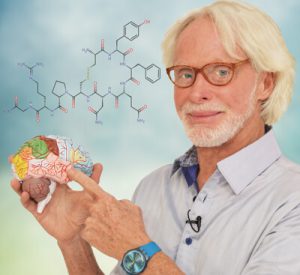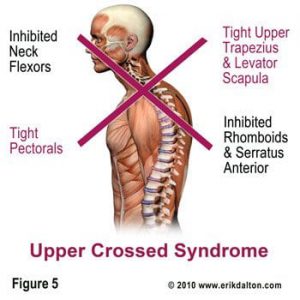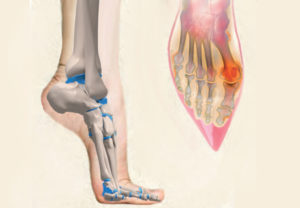
As you explore the realm of professional massage therapy and bodywork, there is little doubt you will come across Erik Dalton and his signature modality, which is called Myoskeletal Alignment Techniques, or MAT for short. Whether you were taught about MAT in school or read about it in massage therapy textbooks or magazines, you probably were able to grasp that this is a form of manual therapy that relies heavily on strategic deep tissue massage techniques for the alleviation and management of pain. However, given the detailed nature of MAT, you may still find yourself wanting more information in order to truly answer this question: What is myoskeletal alignment therapy?
In many cases, the reason professionals in the realm of massage and movement therapy are asking what is myoskeletal alignment therapy is because they are seeking massage therapist continuing education and are considering a course on MAT. The other segment of the population that tends to find themselves typing “what is myoskeletal alignment therapy” into a search engine is members of the general public who happen to be seeking a form of medical massage, orthopedic massage or massage for sports therapy and come across MAT. Before booking an appointment, the more curious members of this population may be looking to find out exactly what is myoskeletal alignment therapy. This tends to apply most often to those people who are in a lot of pain or have been in pain for a long time and have become proficient in researching and vetting potential solutions.
Whether you are a manual therapist considering the possibility of earning massage certification in MAT or a prospective client searching for more information on what is myoskeletal alignment therapy, you’ve come to the right place. Not only in this article, but throughout this Web site, you will find the extensive information you need to answer that question. To begin with, it may be helpful to know a bit more about Erik Dalton, the developer of MAT and founder of the Freedom From Pain Institute.
Dalton began his career in manual therapy as a Certified Rolfer® in the early 1980s and found himself diving deeper and deeper into osteopathic research in a search for a more integrative method of managing pain. The basis of MAT began to come together as Dalton blended his extensive training with Ida Rolf with the insights he gained during workshops with Dr. Philip Greenman, a renowned professor of osteopathic medicine at Michigan State University. The foundation of MAT was formed when Dalton added one more piece to the puzzle — the legendary work and postural focus of Dr. Vladimir Janda, a pioneer of manual medicine and rehabilitation.
Dalton found so much success using this new system on his clients with chronic pain, and he knew he needed to share these discoveries with his colleagues and other professionals searching for an effective method of noninvasive pain management. The world at large was introduced to MAT in 1998, when Dalton released one of the industry’s first nationally approved home-study courses, called “Myoskeletal Alignment Techniques (MAT).” The program was so popular, it prompted Dalton to open his own teaching facility — the Freedom From Pain Institute, which is licensed by the Oklahoma Board of Private Vocational Schools and is both an NCBTMB approved provider and a BOC approved provider.
As we answer the question what is myoskeletal alignment therapy, a short explanation of the name of this modality may be beneficial. According to Dalton, myo refers to muscles and fascia, and skeletal refers to spinal biomechanics. In general, myoskeletal alignment is based on the reflexogenic relationship of muscles, ligaments and joints. For the effective relief of common pain conditions that primarily affect the neck and back, MAT aims to achieve goals that include balancing the head on the neck, balancing the neck on the shoulders, balancing the shoulder girdle on the rib cage, balancing the pelvis on the rib cage and restoring pain-free movement.
Along with this strong focus on proper posture, another unique goal of MAT is that it hinges on identification and correction of joint fixations. The Certified Myoskeletal Therapist or Master Myoskeletal Therapist works to systematically release deep spinal muscles, ligaments and fibrotic joint capsules that torsion and compress spinal joints.
On sale this week only!
Save 25% off the Posture Pain Performance course!

NEW! USB version with enhanced video
Discover the foundational principles behind MAT technique as we take you on an in-depth look at the connection between pain, posture and function. Save 25% off the Posture Pain Performance course this week only. Offer expires Monday April 22nd. Click the button below for more information and to purchase the course. Upon completion receive 20CE hours and a certificate of completion to display in your office.
Bonus: Order the Home Study version and receive the e-Course for FREE!







